Cutting Back Perennials- Do It In the Spring
arbo_retum
17 years ago
Featured Answer
Sort by:Oldest
Comments (15)
WendyB 5A/MA
17 years agolast modified: 9 years agoego45
17 years agolast modified: 9 years agoRelated Discussions
Too early to cut back perennials?
Comments (2)No, you won't hurt the plants. You really should wait until it's not so mucky out there, though, to avoid compacting the soil. Don't know about where you area but there's been a lot of snow fall/melt where I am and the ground is saturated, no way would I work in the beds right now, it's too wet. Anytime it's dry enough though - go for it....See MoreDo you cut back muhlenbergia in the spring?
Comments (2)Hey desertgardener, I wouldn't cut back muhly grass in spring unless it took a serious winter thrashing. Tidy the grass up with a rake through/comb of the foliage and cut off any dead flower stalks. If they look bad, they can handle a moderate trim back, but don't take them to the ground like you would other grasses...maybe 8 - 12" at the most severe....See Morecutting back perennials --am I too late?
Comments (7)Thanks Linda, I think I'll try pinching back some of the sedums to spread the bloom time out a bit. I do leave the seed heads on all winter but I like to watch the evolution of colors on them in the fall. I thought I would cut off all my next spring's blooms if I trimmed the spirea. Actually, I want to convince my husband that he isn't to whack the poor thing back. I'm the one who mows anyway. Last time he "trimmed it" it involved a chainsaw! :-) Maria...See MoreCutting back perennials for winter?
Comments (3)I won't claim to know who is right in this matter, but can see that the 2 of you see things differently. She sees a winter mess as opposed to a neatly mulched area all ready for spring. (I'll bet she is an A personality, like I would 'like' to be.) You see an big expanses of mulch, with no interest. My beds usually don't get the cleaning and mulching I would like for them to get, and I would like them all cleaned up...like your co-worker. I 'think' it is in the irises best interest to cut them back (I could be wrong here)as dead matter around them can promote ill health. You might search or ask at the Iris Forum. It may be a bit late to do that in your zone, but again not sure. I hope to do several of mine yet within the next week, as the temps are to be 60 for the next 7 days! I do suggest leaving the lavender and thyme alone, as it comes back I think to a large degree on the old growth, besides having winter interest. I imagine by now the coreopsis (and maybe some others) have reseeded like crazy, and will be everywhere next spring. Mine reseeded this fall, and is now everywhere! If it was me, I would cut it off, but that is just my 'preference.' It is best to cut any mums that were planted this fall. If the stalks are left, they will blow and cause them to become loose in the soil with the many freezes and thaws, and they will freeze out. Best too to scoot a little extra mulch up around them too. I'd think that the taller sedums, may do similar things too if not established well. For winter interest, could you add some accoutrements (sp)? Bird feeder on a shepherd's hook, or even something placed on the ground? Little sign for the season? I have the sweetest concrete Santa, but know you might risk having something like that stolen. Possible some geodes, or other rocks? Some plastic or silk poinsettia?....just kidding on that one! If it makes her feel good, why not let her go ahead, but ask that she leave the thyme, lavender, and the iris until you can check on them. Good luck, I hope you can come to a happy compromise. Sue...See Morearbo_retum
17 years agolast modified: 9 years agoego45
17 years agolast modified: 9 years agochelone
17 years agolast modified: 9 years agomartieinct
17 years agolast modified: 9 years agosedum37
17 years agolast modified: 9 years agoNHBabs z4b-5a NH
17 years agolast modified: 9 years agomayalena
17 years agolast modified: 9 years agoego45
17 years agolast modified: 9 years agoseamus
4 years agolast modified: 4 years agoprairiemoon2 z6b MA
4 years agoMarie Tulin
4 years agoSue W (CT zone 6a)
4 years ago
Related Stories
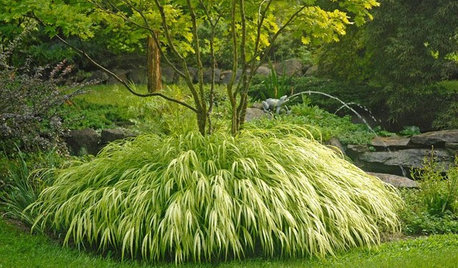
PRODUCT PICKSGuest Picks: 20 Gorgeous Perennials to Plant Now
Take advantage of warm spring weather to create a colorful garden with blooming plants, succulents and ornamental grasses
Full Story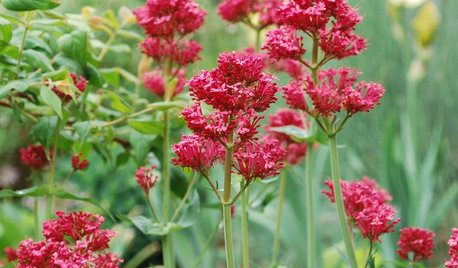
GARDENING GUIDES6 Lovely Water-Wise Perennials for High Altitudes
Even if your climate is cold and dry, you can still celebrate spring with these hardy and colorful perennials
Full Story
PLANTING IDEASWant a More Colorful, Natural Garden? Try a Perennial Meadow
Spend less time tending and more time taking in the sights by improving on Victorian and prairie garden designs
Full Story
GARDENING GUIDES7 Ecofriendly Gardening Ideas That Also Cut Chore Time
Spend less time weeding, less money watering and more moments just sitting back and enjoying your healthy garden
Full Story
GARDENING GUIDESTop 12 Summer-Blooming Perennials for Deer-Resistant Drama
Can you have garden color, fragrance and exciting foliage with hungry deer afoot? These beauties say yes
Full Story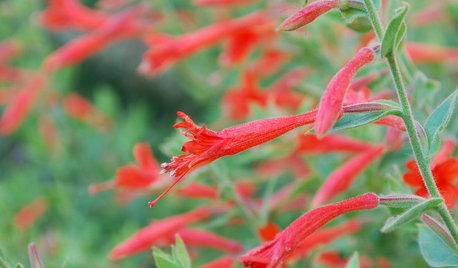
SUMMER GARDENING6 Water-Wise Perennials for Blazing High-Altitude Summers
Scorching weather and high elevations don't have to mean scraggly plantings. These blooms are as gorgeous as they are tough
Full Story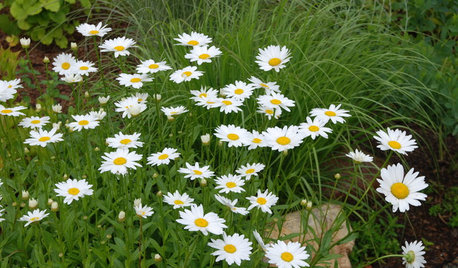
FLOWERSBest Cutting-Garden Beauties for Late Summer
Pick blooms bursting with color or in classic white for bouquets to give away or keep all to yourself
Full Story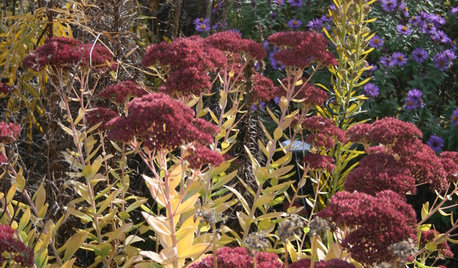
GARDENING GUIDES8 Perennials for Great Fall Color
Trees haven't cornered the market on autumn splendor. Add these flowering perennials for a foliage sight to behold
Full Story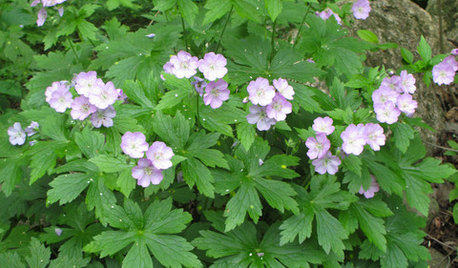
NATIVE PLANTS10 Essential Native Perennials for the Great Lakes and Upper Midwest
These adaptable native plants thrive in a variety of conditions and will provide flowers throughout the season
Full Story
GARDENING GUIDES10 Cold- and Heat-Tolerant Perennials and Shrubs for the Arid West
These flowering native plants shrug off the cold of winter and heat of summer while adding beauty to the drought-tolerant landscape
Full Story





NHBabs z4b-5a NH